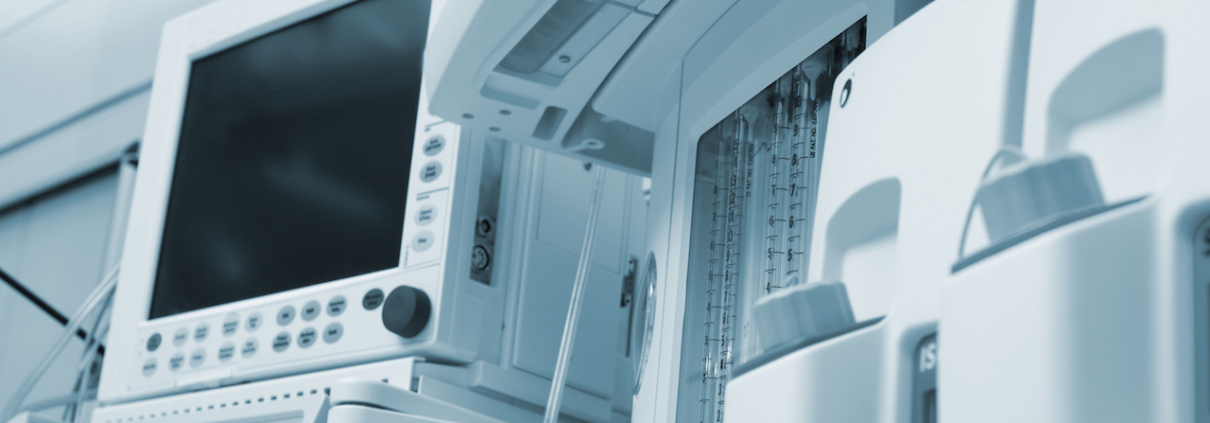Air Monitoring Equipment: What Instruments & Equipment is Used?
Air quality consultants will use different air monitoring equipment depending on the type of monitoring they’re doing, and the type of pollutants they’re testing for.
In this post we’ll discuss some of the common instruments and equipment air quality consultants use, and explore the settings in which they might use them.
Types of Air Quality Monitoring
There are two main types of air quality monitoring approaches:
- Continuous real-time monitoring – this is continuous, long-term monitoring of real-time levels.
- Periodic monitoring – this is short-term monitoring, usually done on a regular basis – such as part of an annual monitoring regime.
The equipment used for these different forms of monitoring varies, which we’ll discuss in more detail in this post.
Continuous Real-Time Air Monitoring Equipment
Some air monitoring equipment is designed for continuous use. Consultants will install a device in a setting for a long-term period, or sometimes permanently. These devices can give air quality consultants an idea of how pollutant levels change over time, so that occupants can better understand their exposure risks.
For this sort of monitoring, air quality consultants will use dedicated systems that will usually make use of pumps to take samples from the air for testing. They might be able to view the results of their testing in real-time, or they might instead generate periodic reports as the situation requires. Different systems are usually used to test for different pollutants.
Some devices can also warn a building’s occupants if things get critical. Common examples include smoke detectors and carbon monoxide alarms. These devices continuously monitor spaces for specific pollutants – whether that’s smoke or carbon monoxide – and sound an alarm if they detect harmful levels.
Periodic Air Monitoring Equipment
Some air monitoring equipment can provide an idea of the air quality in a given area at a given time, or over a specific period. For example, an air quality consultant might place a filter or a cannister in an area for a period of time, such as a day, three days, or a week. At the end of this period they will remove the cannister and analyse the build-up of contaminants.
Other light devices can give a more detailed reading of an area’s air quality at that specific moment in time. These devices contain a sensor and a monitor. Air quality consultants will point the sensor at the target area and receive a readout on their monitor.
These devices are useful for showing how pollutant levels vary throughout a setting. For hospitals, for example, they can demonstrate which areas are particularly at risk, to give an idea of which areas should be prioritised for air purification.
What Will an Air Quality Consultant Test For?
Air quality consultants can test for any hazardous air pollutant. This could include:
- particulate matter
- dust
- carbon dioxide
- nitrous oxide
- sulphur dioxide
- volatile organic compounds (VOCs)
- noise levels
In a healthcare setting, air quality consultants might test for specific pollutants including:
- sevoflurane
- isoflurane
- ethanol
- diathermy smoke
- chlorine
- hydrogen peroxide
- and more
Book an Air Quality Consultation Today
We offer workplace air quality monitoring services, specialising in healthcare settings. We’ve helped both NHS and private healthcare settings with bespoke air quality monitoring services tailored to suit their unique requirements.
We can monitor your staff’s exposure to any potentially harmful substances in your workplace. This will help you understand your risk levels, so you can devise an air quality solution that works for you.
Find out more about our Workplace Exposure Monitoring Service, or get in touch to talk to one of our air quality monitoring specialists today.



